
Review on Nooelec SAWbird H1 Applications Frequency by Terry Brendemuehl

Excellent noise figure; High power amplifier for observing the Milky Way.
A group of high school teachers is working with West Virginia University and the National Science Foundation to build and test radio telescopes to observe the Milky Way. They will teach electronics and astronomy to the students. The most important part of the radio telescope is the first low-noise amplifier. The NooElec amplifier is specially designed for radio astronomical observations. It has high gain and good HF filter to reduce interference. Figure 1 (outlined in red) shows an amplifier connected to a feed horn. The second picture shows the NooElec amplifier in a test horn pointing into the ground. In the background is the larger horn we use to observe the Milky Way. The three graphs show observations with the test horn. The figure with two separate graphs shows the "HOT” stress when looking at the ground (upper red line) and the "COLD” stress (below when looking at the sky). The x-axis is frequency in MHz and the y-axis is intensity in raw samples. Calibration is required for astronomical measurements. Calculating the ratio of HOT and COLD results in a temperature curve with a clear receiver temperature between 90-110 Kelvin. That's a very good achievement. The spiral arms of the Milky Way are visible in broad detail at the center of the diagram. Narrower lines - interference. The third graphic shows the Milky Way with the baseline subtracted. Data was recorded with an all-aluminum test horn (14 inch diameter) only. The x-axis represents the speed of hydrogen relative to Earth, and the y-axis represents the intensity of hydrogen at that speed.
- Computer Components
- Secret
New products
Comments (0)
Top products in 📺 External TV Tuners
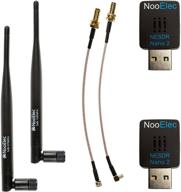
📻 NooElec High Gain ADS-B Radio and Antenna Bundle - Dual-Band NESDR Nano 2 (978MHz & 1090MHz), Starter Edition for Stratux, Avare, Foreflight, and FlightAware

8 Review
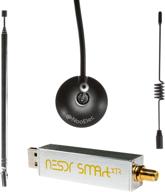
🔍 NooElec NESDR Smart XTR Bundle - Premium RTL-SDR with Extended Tuning Range, Durable Aluminum Enclosure, Ultra-Precise 0.5PPM TCXO, SMA Input

9 Review
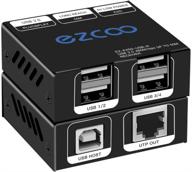
USB Extender 165ft 50m 4-Port USB2.0 HUB for Cat5e Cat6 - Webcam Work Sync, Plug & Play for Camera Storage Hard Drive PC Windows, macOS, Android, 1.5m USB Cable, 5V Power - USB Over Ethernet EX60USB

8 Review
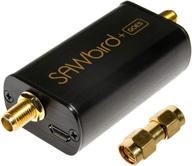
🛰️ NooElec SAWbird+ GOES - Enhanced Saw Filter & Ultra-Low Noise LNA Module for NOAA (GOES/LRIT/HRIT/HRPT) Applications. 1688MHz Central Frequency

9 Review
Another interesting products
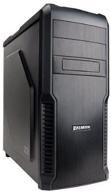
Zalman Z3 M ATX 💻 Tower Computer: A Compact and Powerful Machine

77 Review
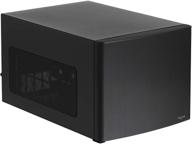
Fractal Design Node 304 - Black - Mini Cube Compact Computer Case - Small Form Factor - Mini ITX – mITX - Enhanced Airflow - Modular Interior - Includes 3x Fractal Design Silent R2 120mm Fans - USB 3.0

42 Review
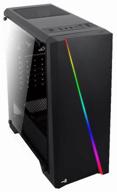
Computer case AeroCool Cylon black

39 Review
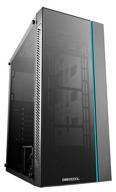
Computer case Deepcool Matrexx 55 black

55 Review

